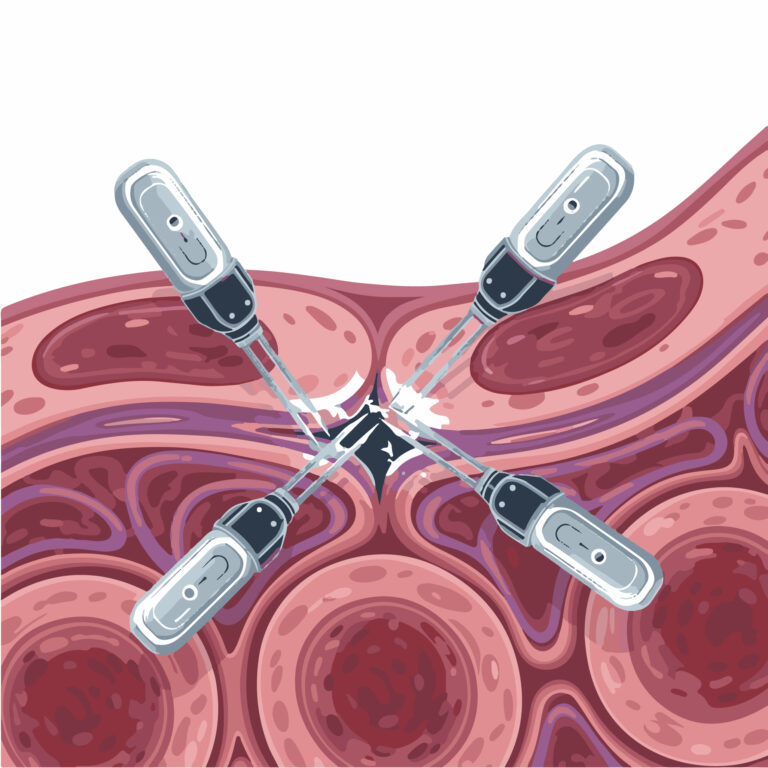Focused Ultrasound for Cancer Therapy
Focused ultrasound (FUS) is an innovative and non-invasive therapeutic technique that utilises high-frequency sound waves to target and treat cancerous tissues. This cutting-edge approach combines precision with minimal harm to surrounding healthy tissues, offering a promising alternative or complement to conventional cancer treatments like surgery, chemotherapy, and radiotherapy.
At its core, FUS works by directing ultrasonic energy to a specific area within the body. The sound waves converge at a focal point, generating heat that can thermally ablate cancer cells. This process, known as high-intensity focused ultrasound (HIFU), raises the temperature of the targeted tissue to a level sufficient to destroy it. Alternatively, FUS can be applied in a mechanical mode, creating acoustic cavitation to disrupt cancer cells physically.
One of the most significant advantages of FUS is its non-invasive nature. Unlike surgery, FUS does not require incisions, reducing the risk of infection, blood loss, and prolonged recovery times. Furthermore, because the therapy is localised, it spares adjacent healthy tissues, thereby minimising side effects. This is particularly beneficial for cancers located near critical structures, such as the brain or spinal cord, where traditional treatments may pose higher risks.
Focused ultrasound has been explored for a range of cancers, including prostate, liver, breast, and brain tumours. In prostate cancer, for instance, HIFU is increasingly recognised as a viable option for localised disease. It offers high precision, preserving critical functions such as urinary continence and sexual health. In the case of brain cancer, FUS can be employed to temporarily open the blood-brain barrier, enhancing the delivery of chemotherapy drugs directly to the tumour site.
Another promising application of FUS lies in its ability to stimulate the immune system. By causing localised cell death, FUS can release tumour antigens, potentially triggering an anti-tumour immune response. This has opened up avenues for combining FUS with immunotherapy to enhance its efficacy.
Despite its potential, FUS is not without limitations. It requires advanced imaging technologies, such as MRI or ultrasound, to guide the treatment accurately. Additionally, its efficacy depends on the tumour’s location and size, and some patients may not be suitable candidates for the procedure. Further research is needed to optimise treatment protocols and evaluate long-term outcomes.
In conclusion, focused ultrasound represents a transformative approach in the fight against cancer. Its non-invasive nature, precision, and versatility make it an attractive option for patients and clinicians alike. While challenges remain, ongoing advancements in technology and research continue to expand its potential, bringing hope to millions affected by cancer worldwide.
You are here:
home » Focused Ultrasound for Cancer Therapy

